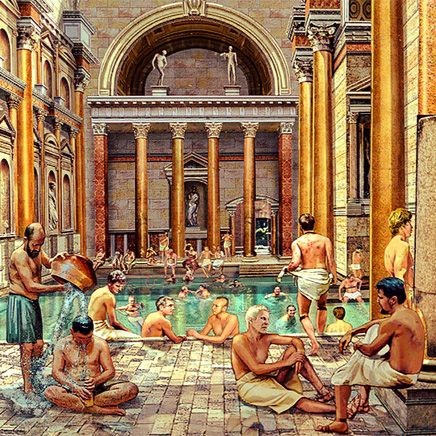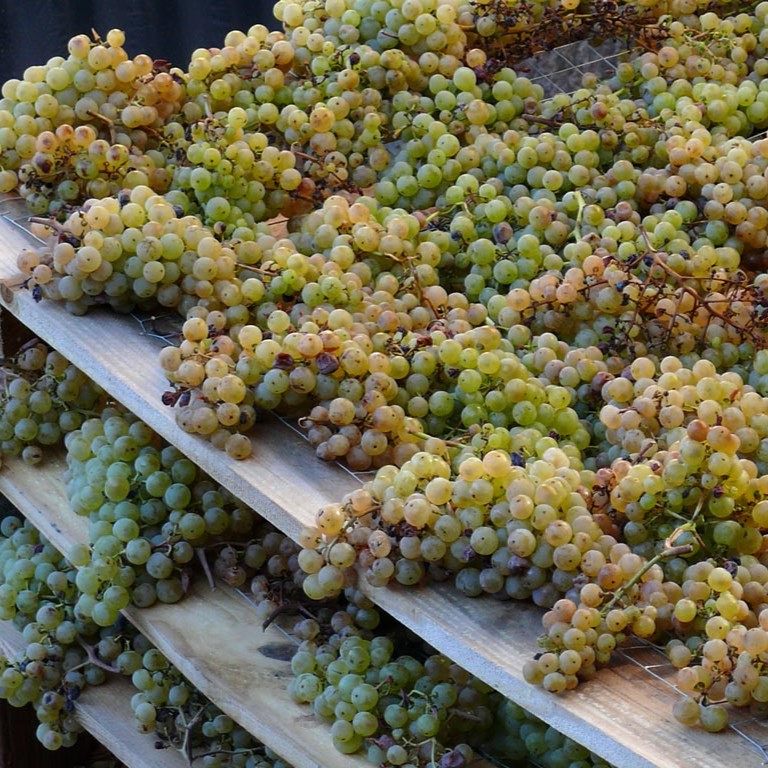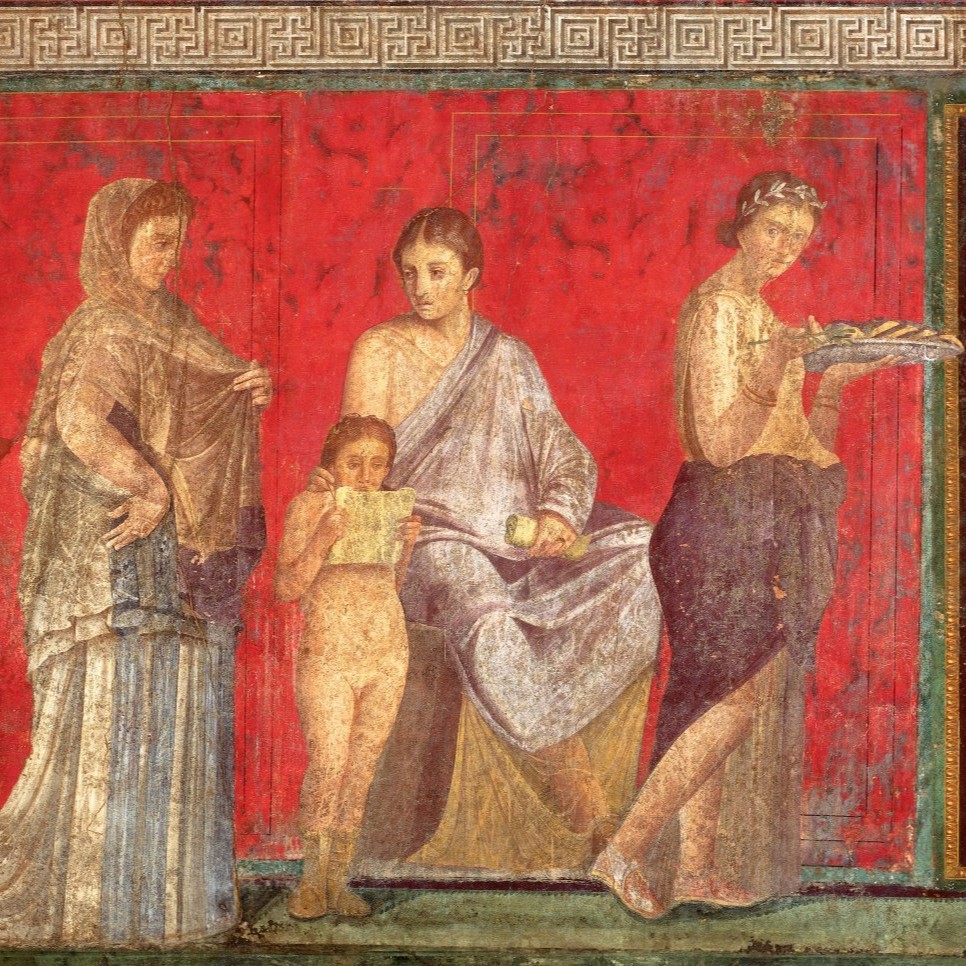Translated from French with ChatGPT (please notify us of errors)

Upon the mosaic floor, one can discern a fish, of which only the head and bones remain, a half-eaten bunch of grapes, crustacean shells, an opened nut being nibbled by a mouse, and dozens of other food remnants. The artist’s meticulous depiction, with subtle plays of shadow and light, is so convincing that one might be tempted to pick up these leftovers. However, as we shall see, this would be a sacrilege.
The theme of the “unswept floor” is not uncommon in Roman mosaics that adorned the lavish banquet halls, or triclinia. Examples dating from the 1st to the 6th centuries have been found across various regions.
A magnificent example from the 5th century, originating from the eastern Mediterranean, has, through historical twists, ended up at the Château de Boudry in the Canton of Neuchâtel, Switzerland[1]…
Another mosaic featuring the same motif is located in the Vatican’s Gregorian Profane Museum. Unearthed in 1833 on Rome’s Aventine Hill, it adorned a dining room floor of a villa from Hadrian’s era and is signed by the mosaicist Heraklitos[2].
A third example was discovered in the House of Salonius in Uthina (modern-day Oudna) in Tunisia.
Originating in Pergamon
Widespread in the Roman world, this motif was “invented” in Greek culture, as the naturalist Pliny the Elder explains:

«Paved floors originated with the Greeks and were skillfully decorated with a kind of painting until mosaics superseded them. In this latter domain, Sosus was the most renowned. In Pergamon, he laid the floor of what is known as asàrotos òikos (ἀσάρωτος οἶκος – the unswept dining room), for he used tesserae of various colors to depict on the floor the remnants of a dinner table and other sweepings, making them appear as if they had been left there»[3].
The “unswept floor” certainly does not aim to illustrate the negligence of diners who might throw scraps on the floor. It seems to be rooted in an ancient religious belief that what lies on the floor belongs to the deceased or the household Lares. Athenaeus of Naucratis, in the 2nd century, mentions this belief[4]. As for Pliny, he merely states that during a meal, “it is considered a very bad omen to sweep the floor when someone rises from the table”[5].
Beyond its religious significance, the creation of the asàrotos òikos also aimed to mark the social status of the owner. Not only through the impressive quality of the trompe-l’œil but also by the richness and variety of the depicted food. Indeed, the floor features remnants of rare and exotic delicacies, sometimes imported at great expense.
Absorbed into Christianity

Under the influence of religious or philosophical ideas, the theme likely acquired an allegorical dimension. Just as food is ephemeral and ends up discarded, so too are the pleasures and riches of life transient. The most recent example of an “unswept floor” mosaic was found in a Byzantine Christian basilica built in the 6th or 7th century in Sidi Abich in modern Tunisia.
[1] Museum of Vine and Wine,Château de Boudry, main pieces, symposium mosaic..
[2] Gregorian Profane Museum, asàrotos òikos mosaic.
[3] Pliny, Natural History, XXXVI.60.25: Pavimenta originem apud graecos habent elaborata arte picturae ratione, donec lithostrota expulere eam. Celeberrimus fuit in hoc genere Sosus, qui pergami stravit quem vocant asaroton oecon, quoniam purgamenta cenae in pavimentis quaeque everri solent velut relicta fecerat parvis e tessellis tinctisque in varios colores.
[4] Athenaeus, X, 427e.
[5] Pliny, Natural History, XXVIII, 5.
Sources
- Ehud Fathy, In the Guise of the Popular: the Deceptive Image of the Asàrotos Òikos Mosaics, March 2022, Eikon/Imago
- Cabouret Bernadette. Rites d’hospitalité chez les élites de l’Antiquité tardive. In: Pratiques et discours alimentaires en Méditerranée de l’Antiquité à la Renaissance. Actes du 18e colloque de la Villa Kérylos à Beaulieu-sur-Mer les 4, 5 et 6 octobre 2007. Paris : Académie des Inscriptions et Belles-Lettres, 2008. pp. 187-222. (Cahiers de la Villa Kérylos, 19)
November 2023. Reproduction prohibited
Other articles in English from the Nunc est bibendum blog








